Blog
Simgot EM10 Review – Headfonia

In this review, I’ll look at the Simgot EM10 “Dream” IEM and figure out whether I’d like to wake up from them. The unit costs $439.99 USD and can be bought from Linsoul and other retailers.
Disclaimer: Linsoul is not related to Headfonia. They sent me the Simgot EM10 free of charge to be featured on Headfonia.com.
Simgot
Founded in 2013 by Chinese audio enthusiasts, Simgot has won many hearts since then. The company says that the name means “Simple and Elegant”, with most products paying homage to the fusion of art and science.
In terms of products, the main focus of Simgot has always been IEMs, but they’ve occasionally built full-size headphones as well. It’s fair to say that Simgot is most known for their single dynamic driver offerings like the EA1000 and the EA500LM, which have garnered many fans as well as detractors due to the tuning choices.

Simgot IEMs often come with multiple tuning nozzles to fine-tune the response to one’s preference. Their dynamic driver flagship, the EA1000, differentiates itself from the rest by using a passive radiator resonator instead of a port. Many of Simgot’s products also have a distinctive design with high-quality metal parts.
Lately, Simgot has released many multi-driver IEMs with hybrid and even tribrid driver technologies. We look at their multi-driver flagship, the EM10, which was released roughly together with the more affordable Supermix 4, which incorporated four driver technologies in one IEM.
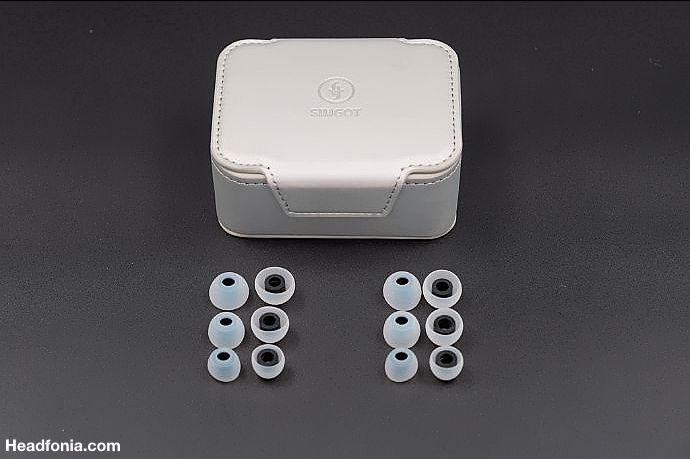
Simgot EM10
The Simgot EM10 got its designation from the fact that it employs ten drivers per channel. Low frequencies are relegated to an 8mm dynamic driver, mids and highs are handled by 8 balanced-armature drivers, and the overtone range is sent to a single piezoelectric tweeter module.
To divide the incoming full-band audio signal, a four-way resistor-capacitor network is used. This means that only high-pass filtering is done electronically, and the low-pass functionality is achieved by physical filters in the nozzle. Such an approach is pretty common in IEM crossovers because sufficiently strong inductors are hard to come by in sizes that fit inside the ear shell.
In their product copy, Simgot claims that special care has been taken to make sure that the piezo driver doesn’t sound “mechanical”. This is an interesting point because piezo drivers indeed have relatively high distortion that colors their sound. Therefore, most solutions keep piezo drivers for suportweeter role where the harmonics are safely in the ultrasonic range and should be inaudible. At least that’s the theory.
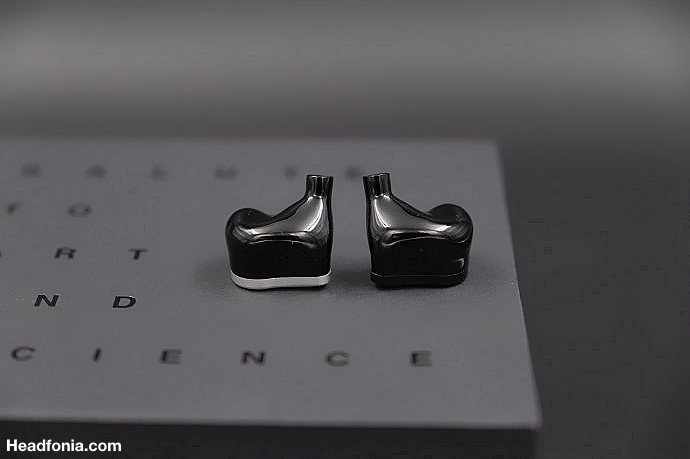
The Simgot EM10 uses three output ducts that are visible because no filter covers them. There’s no real way to tell which drivers go to what ducts, but likely that the bass and mids have their separate outputs that hopefully mix seamlessly in your ear canal.
Features
- 1 dynamic driver, 8 balanced-armature drivers, 1 piezoelectric ceramic tweeter
- 4-way electronic crossover
- 3 output ducts
- Medical-grade resin shell with an aluminum faceplate
- 20Hz-20kHz effective frequency response
- 41.6-ohm impedance
- 106.7dB/mW efficiency
- 129dB/V sensitivity
- 0.78mm 2-pin flush connectors
- 1.2m silver-plated copper cable
- Replaceable 3.5mm and 4.4mm jacks
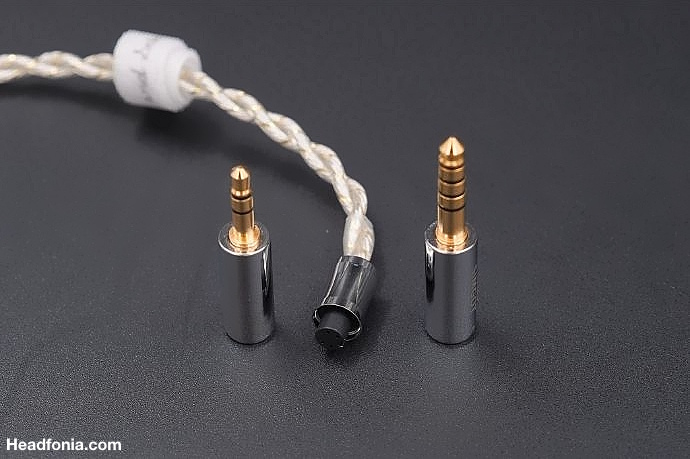
Design, Build & Haptics
Casing
Simgot are masters of casing, and other brands should take notes from them. The EM10 comes in a flagship-worthy thick cardboard box that resembles a dark cube. Like the prehistoric caveman of Kubrick’s Space Odyssey, I was humbled by the otherworldly object and had to scratch my head a bit on how to get it open.
The golden band suggested that I grab the box by the top and let it slide off. That was the right method, and after a few excruciating seconds, I was greeted by the contents. Two metal faceplates were facing me, with one being black and the other finished in raw silvery aluminum. Neat, I thought – no more fumbling around to check which side is right and which is left!
Inside the enigmatic box, we also get a grey carrying case, a silver-plated copper cable that I don’t love, and two types of ear tips. Frankly, the ear tip selection felt a bit underwhelming with quite regular geometries on both and only slightly varying bore sizes. Is Spinfit too much to ask at these price points?
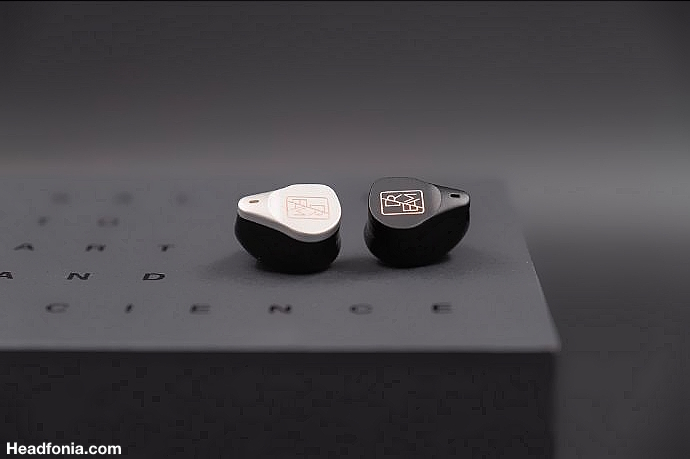
Build Quality
I haven’t encountered a Simgot IEM with less than stellar design and build. The EM10 is no different. The ear shell is made out of two parts – a 3D-printed resin inner part and a thick aluminum faceplate. The right side has the faceplate anodised black, while the left is untreated, and both feature a stylized “Dream” logo.
The nozzle on the EM10 is unibody with the acrylic shells and unfortunately has no retaining lip. This means that after some use, when things get oily, the ear tips might start slipping off. The seamless nozzle design also means that slipping on the tips is a bit tricky, as you have to eyeball how deep you want the nozzle to go.
Simgot have bundled the same cable with the EM10 that I’ve used with the EA1000. The only difference is the swappable jack, which is held by friction. The mirror finish on the jack is a fingerprint magnet, and personally, I’m not a fan of the shiny look. Whenever I can, I use a different cable, but if you’re okay with the appearance, it’ll work nicely.
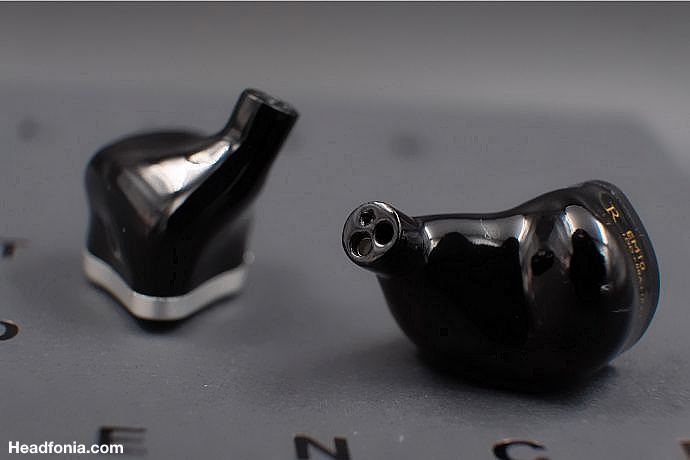
Comfort and Ergonomics
Like most IEMs these days, Simgot EM10 agrees with the shape of my ears, and I can detect no awkward pressure points. I was able to use these IEMs for a full day, and only people with especially small ears could have problems. Like many multi-driver IEMs, the EM10 has a thick nozzle as it houses three output canals.
During my time with the EM10, the cable never gave me any trouble and was generally free of microphonics. The twist braid also meant that it’s not too keen on tangling, and having it folded in the carrying case was a hassle-free experience. The case itself is quite compact, so I only had the IEMs, the extra 4.4mm jack, and a pair of ear tips there.
Maybe you could stick a tiny USB dongle there, but not much else.
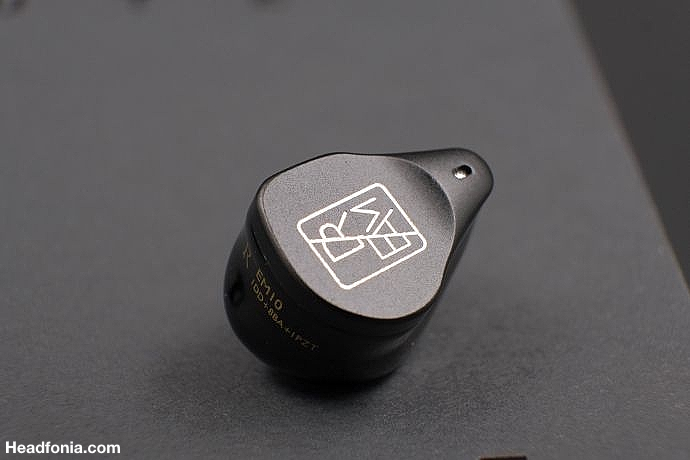
Isolation
The Simgot EM10 is a ported shell IEM, and therefore, isolation is okay. You can have better isolation IEMs with no port holes, but that comes with its own set of problems, like ear canal pressure upon insertion. With music playing, the noise from my daily commute and an open office space didn’t bother me at all.
Sound Signature and Technicalities
My main testing system for the Simgot EM10 was the Topping x Holo Centaurus driving the DROP + SMSL HO150 and two portable rigs – the (trans)portable FiiO Q15 and the cheerful Snowsky Retro Nano.
Driving the Simgot EM10 is quite easy thanks to its good efficiency and reasonable load impedance. I didn’t have to go too crazy to find silent audio sources, and the 40-ohm impedance means that the EM10 can handle a bit of output impedance.
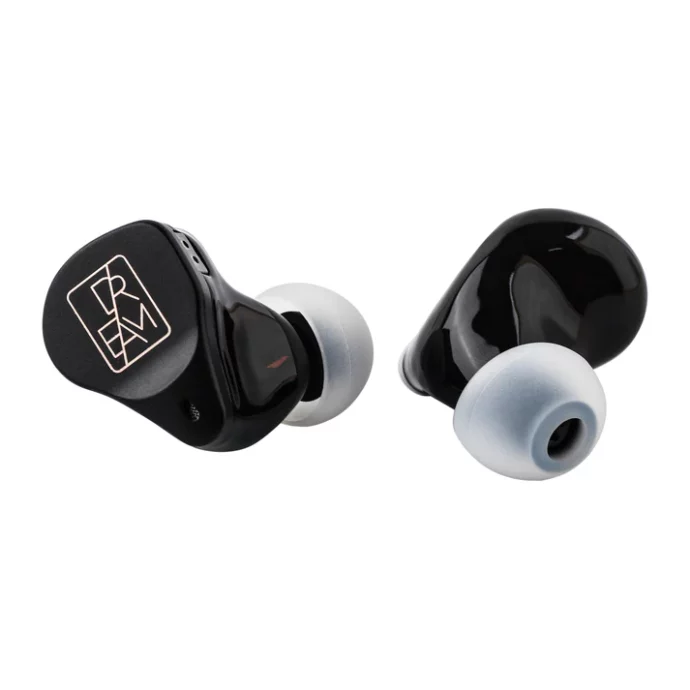
When driving the EM10 from higher-quality signal chains, the improvements are quite evident, as it’s a rather technical IEM. With that said, even quite affordable portables should have no problem providing an enjoyable listening experience.
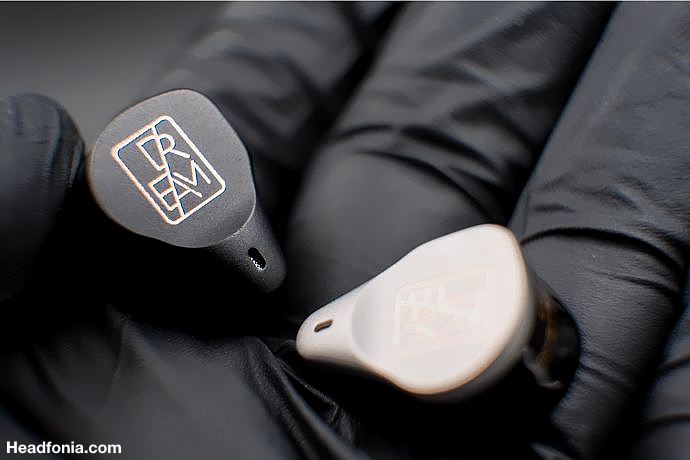
Overall Tonality
Simgot is well known for using their own house tuning curve for their IEMs. With many of their offerings getting multiple types of tuning nozzles, one could fine-tune the IEMs to a sound they prefer. The Simgot EM10 has fixed nozzles, so what you get is erm.. what you get. The basic tuning is very Harman 2019-esque, which is not a bad thing because there are plenty of enjoyers of that sound.
The EM10 comes with two sets of ear tips, with one set being relatively normal single flange and the other labelled as wide-bore, but it’s narrower than what’s usually meant by wide-bore. At least when compared to other wide-bores from other IEMs. I found both tips to sound pretty much identical and stuck to the wider ones.
The Simgot EM10 article continues on the second page. Click on the jumps below to go there.







